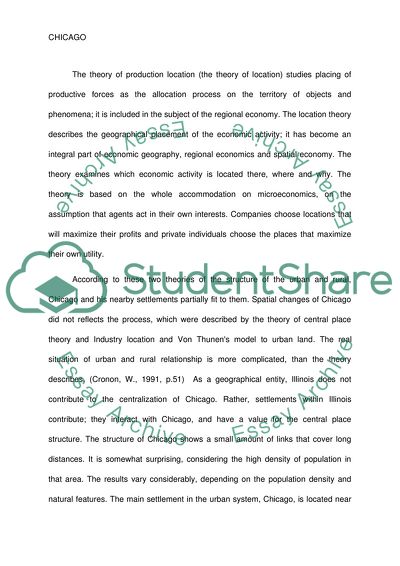Cite this document
(“Chicago Essay Example | Topics and Well Written Essays - 2000 words”, n.d.)
Chicago Essay Example | Topics and Well Written Essays - 2000 words. Retrieved from https://studentshare.org/geography/1702105-chicago
Chicago Essay Example | Topics and Well Written Essays - 2000 words. Retrieved from https://studentshare.org/geography/1702105-chicago
(Chicago Essay Example | Topics and Well Written Essays - 2000 Words)
Chicago Essay Example | Topics and Well Written Essays - 2000 Words. https://studentshare.org/geography/1702105-chicago.
Chicago Essay Example | Topics and Well Written Essays - 2000 Words. https://studentshare.org/geography/1702105-chicago.
“Chicago Essay Example | Topics and Well Written Essays - 2000 Words”, n.d. https://studentshare.org/geography/1702105-chicago.


